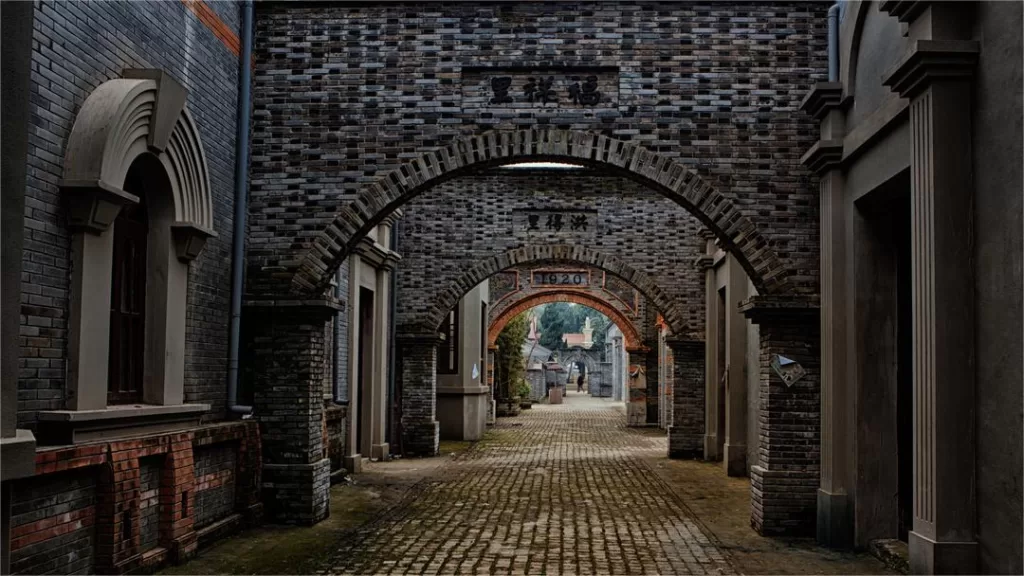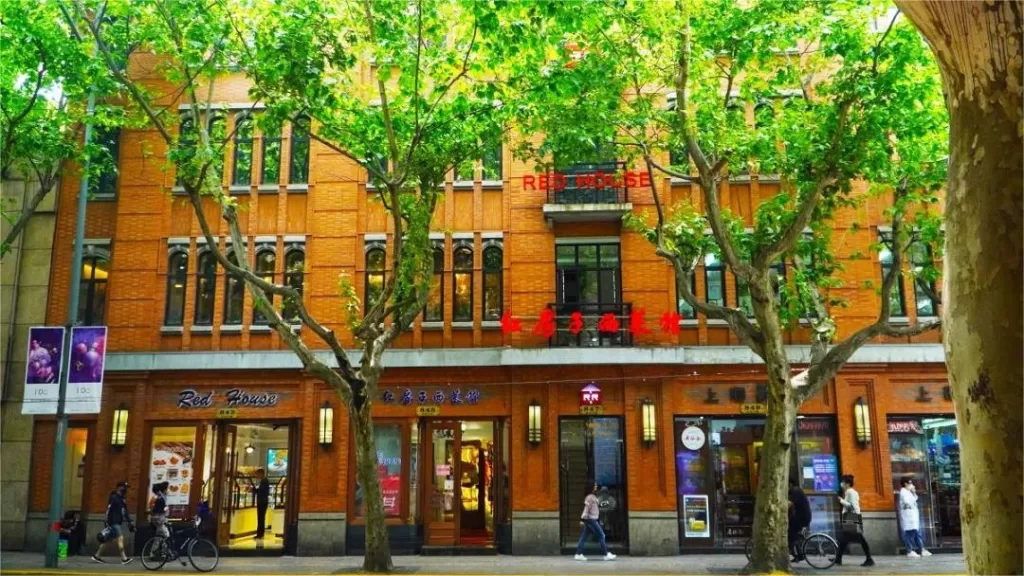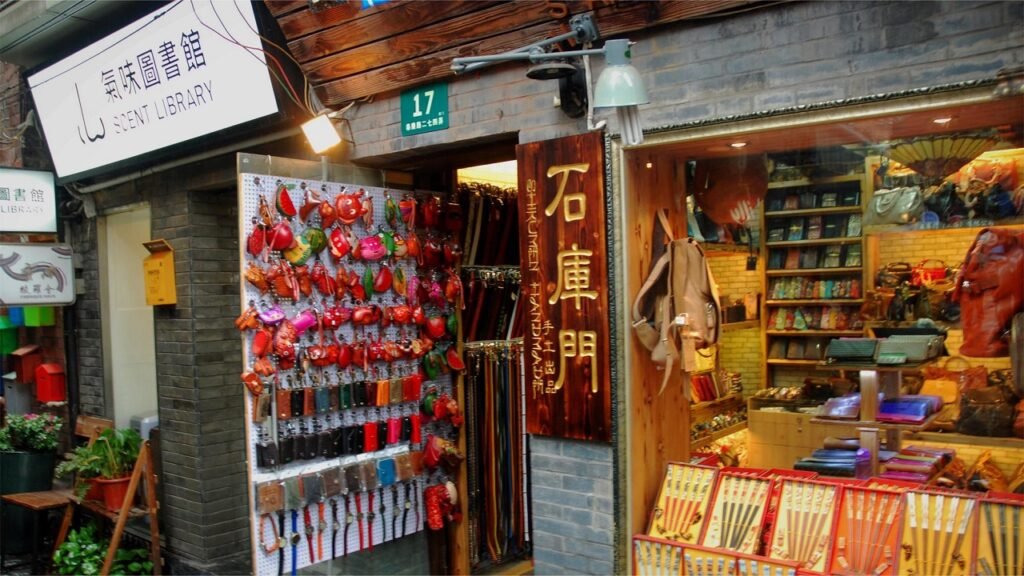Shikumen-Architektur in Shanghai


Shikumen architecture is a unique architectural style that originated in Shanghai, China, in the late 19th and early 20th centuries. The term “shikumen” is a combination of the Chinese words for “stone gate” and “wooden door,” referring to the typical entranceway of the buildings.
Shikumen architecture is a fusion of Chinese and Western architectural styles, reflecting the influences of colonialism and modernization that shaped Shanghai in the early 20th century. The buildings are typically two or three stories tall, with brick or stone walls and wooden beams and columns. The front entrance is usually a small courtyard, which leads to a living area with a central open space that serves as a kitchen, dining room, and living room.
One of the most distinctive features of shikumen architecture is the “longtang” (alleyway) that runs through the center of the building. The longtang is a narrow, covered passageway that connects the various living spaces and provides access to the street. It is a communal space where neighbors gather and socialize, and it often serves as a venue for small businesses and street vendors.
Shikumen architecture was popular in Shanghai during the first half of the 20th century, and it is closely associated with the city’s history and culture. The buildings were once home to Shanghai’s middle and working classes, and they played an important role in the city’s economic and social development. However, as Shanghai has undergone rapid modernization and development in recent years, many shikumen buildings have been demolished to make way for high-rise buildings and modern infrastructure.
Today, there are still some shikumen neighborhoods in Shanghai that have been preserved and restored as tourist attractions. These neighborhoods offer visitors a glimpse into the city’s past and provide a unique and authentic experience of traditional Chinese urban life. The most famous shikumen neighborhood is Tianzifang, which is located in the French Concession area of Shanghai and is now a popular destination for shopping, dining, and sightseeing.
In summary, shikumen architecture is a significant part of Shanghai’s cultural heritage and history. It represents a unique blend of Chinese and Western architectural styles and embodies the spirit of urban life in Shanghai in the early 20th century. While many shikumen buildings have been lost to modernization, the remaining neighborhoods offer a valuable glimpse into the city’s past and provide an important connection to its cultural roots.
Attractions with Shikumen Building


